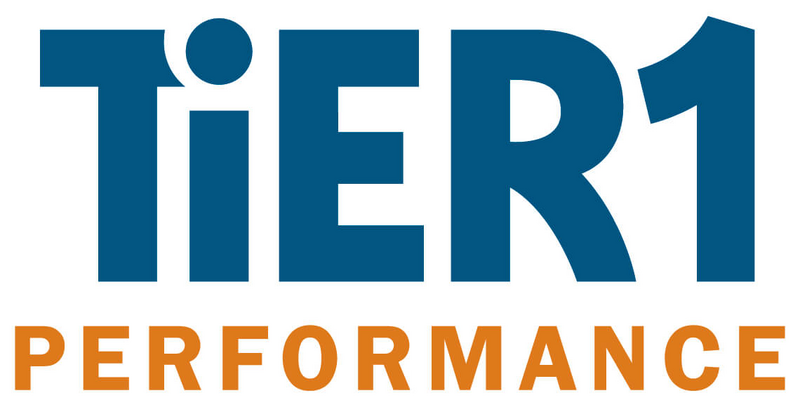ATD Blog
How Are You Really Doing? Using Self-Reflection to Achieve Fuller Engagement, Performance, and Impact
Thu Jan 12 2023

How many times have we asked someone “How are you doing?” without really seeking an authentic response? “I’m good,” “I’m fine,” and “I’m busy,” sum up most responses. It’s an open-ended and routine question, but it rarely gets below the surface.
I think most people have an innate, internal feeling about how they’re doing, but without time, space, and deliberate reflection, we may have a hard time articulating how we are, or more specifically, why we’re feeling what we’re feeling.
Most leaders want to have a positive impact on people’s lives and help them realize their fullest potential. We have a responsibility to understand how people are on a deeper level. This requires helping them parse why they feel the way they do and to address what’s holding them back. We have this responsibility for two reasons: We care about people and want them to be their best selves, and when they show up at their best, the organization benefits.
Understanding how someone is doing as a function of how they are performing is a very limited view. Yet many organizations continue to conduct performance reviews as though work performance exists in isolation. We can’t compartmentalize who we are. Our work is a complex combination of our talents, skills, and context, which is then mixed with our relationships, connections, mindsets, and overall wellness. All these elements influence each other in deep, integrated ways, ultimately affecting how we are doing both professionally and personally. So how might we explore how someone is doing holistically?
There is a simple framework that goes beyond a narrow performance discussion and works to facilitate a broader conversation. It recognizes that performance in the workplace is not isolated; it’s affected by multiple factors. We can’t talk about what someone is doing for the company without talking about what the company is doing for them and how they’re doing overall.
The Thrive Reflection framework consists of holistic reflections in six core areas: purpose, connection, capability, resources, potential, and security. All these work in concert to help a person thrive in any organization. Self-reflection provides an assessment of how an individual believes they are showing up and integrating into the organization. We must recognize that there is no valid assessment of these areas from the individual or from others. There are only perspectives.
Encouraging people to participate in holistic self-reflection communicates that we recognize their value is more than the transactional work they do on the job. It sends a message that we care about each person holistically and recognize that they perform in a complex environment. Self-reflection also reinforces that each person owns much of their environment, which is something they need to feel empowered to lean into. Ultimately, no one is more vested in how you are doing than you. Last, holistic reflection sparks dialogue and uncovers insights about areas that might affect an individual but not come up in a traditional performance discussion. We often find that a deeper thought process leads to a deeper conversation.
When we simply give ratings of “exceeds expectations” or “below expectations” on performance reviews, the rating becomes the thing. Unfortunately, that thing generally isn’t valid. Research shows that individuals don’t have the ability to objectively rate each other. Further, this discourages dialogue because reviewees focus on the ratings.
Using holistic self-reflection as a guide to uncover how an individual is doing in all dimensions of their work life is a much healthier way to discover what they can contribute, identify their perceived barriers, and co-create a path toward fuller engagement and broader impact. That’s ultimately what all leaders want—to fully engage each person and help them contribute their best work.

